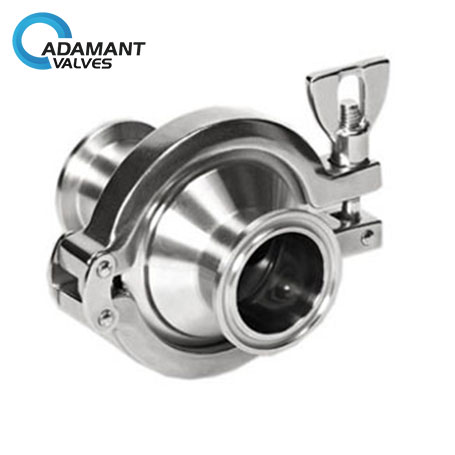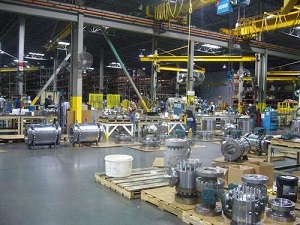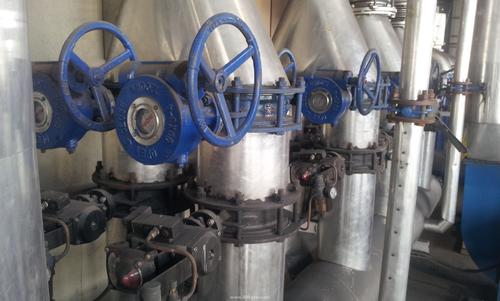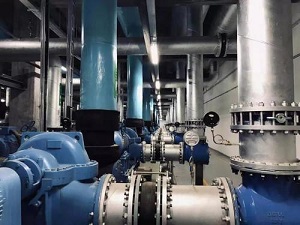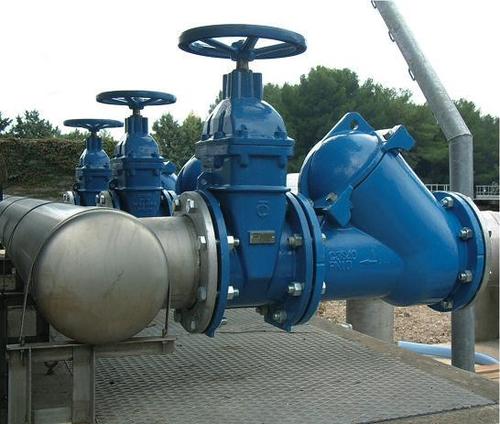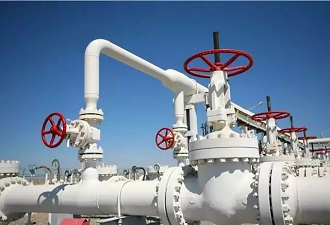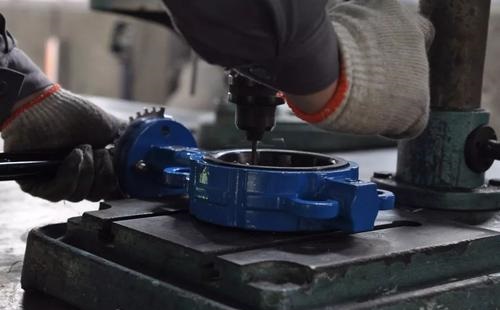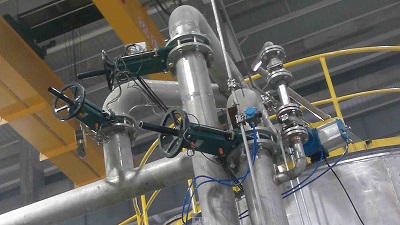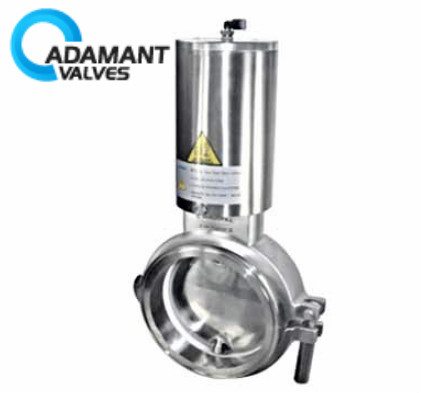Author: root
The Classifications of Check Valves
1. Swing check valve The valve flap of swing check valve is disc-shaped and rotates around the axis of valve seat channel. As the channel inside the valve is streamlined and the flow resistance is smaller than that of the lift check valve, it is suitable for low flow rate occasions or large caliber occasion […]
Read moreThe Expansion and Contraction Gate Valve
What is a plate gate valve? A plate gate valve is a kind of single gate plate valve or double gate plate valve with an expansion mechanism. The plate gate valve is prone to leakage under low medium pressure. To ensure the good sealing of the valve under full pressure, sufficient preload must be applied […]
Read moreHow does the Pneumatic Regulating Valve Work?
A pneumatic regulating valve is a kind of regulating valve powered by compressed air. It is widely used in a variety of automatic control systems in various working conditions because of its rapid response, simple structure, safe use, and requiring no additional explosion-proof measures under flammable and explosive working conditions. To choose a pneumatic regulating […]
Read moreThe Structural Type and Features of Parallel Slide Valves
Based on advanced sanitary valve body technologies, the parallel slide valve has been further upgraded in terms of valve body structure, sealing form, actuating device, and electrical control. Its product structure is simple, size is small, weight is light, fluid resistance is small. It’s not easy for the medium to precipitate in the valve body. The […]
Read moreThe Problems in the Use of Fluorine Lined Butterfly Valves
Fluorine lined butterfly valve has been widely used in devices contacting with acid and alkali of strong corrosive medium in the petroleum, chemical industry, medicine, metallurgy, electric power industries, but how to choose the right and appropriate use fluorine lined butterfly valves, according to our application experience for many years. When choosing a fluorine-lined butterfly […]
Read moreThe Difference Between Ball Valves and Butterfly Valves
What is the difference between a ball valve and a butterfly valve? The biggest difference between sanitary ball valves and sanitary butterfly valves is that the opening and the closing component of the butterfly valve is a plate, while the opening and closing member of the ball valve is a ball. The valve plate of […]
Read moreThe Mechanism of Electric Butterfly Valve
An electric butterfly valve is composed of an electric actuator and butterfly valve, so it has the advantages of easy operation and a simple structure commonly seen in sanitary butterfly valves. It can also be widely used in chemical, pharmaceutical, and other industries. And because of the electric actuator, the development of the butterfly valve […]
Read moreHow Does an Electric Butterfly Valve Work?
How does an electric butterfly valve work? The electric butterfly valve is composed of an electric actuator and butterfly valve, so it has the advantages of easy operation and simple structure commonly seen in sanitary butterfly valve. It can also be widely used in chemical, pharmaceutical, and other industries. And because of the electric actuator, […]
Read moreHow Does Electric Butterfly Valve Work?
Electric butterfly valve is composed of electric actuator and butterfly valve, so it has the advantages of easy operation and simple structure commonly seen in sanitary butterfly valve. It can also be widely used in chemical, pharmaceutical and other industries. And because of the electric actuator, the development of butterfly valve reaches a new level. […]
Read moreThe Causes Leading to Damaged Valve Sealing Surface
Mechanical damage: There will be scratches, bumps, crushes, and other damages during the opening and closing of the sealing surface. Between two sealing surfaces, under high temperature and high pressure, there will be mutual penetration of atoms, resulting in adhesion. When the two sealing surfaces move along each other, they’re prone to be torn apart […]
Read more
